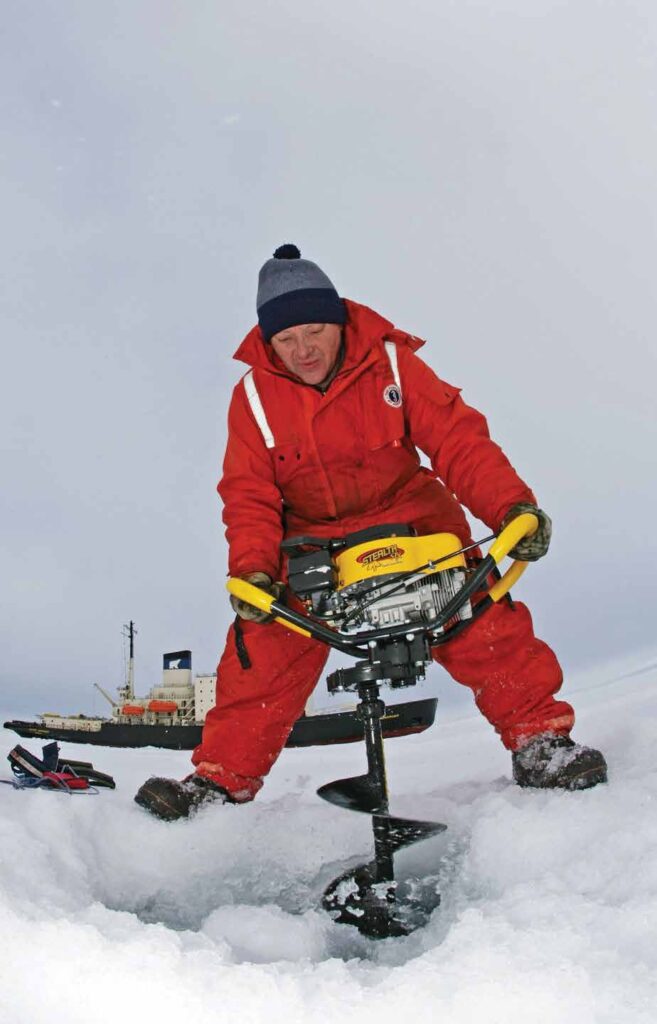It is not hard to show that the Earth’s climate has always been changing. Of course, the heroes of cartoons and computer games about dinosaurs and the ice age are made up, but dinosaurs really did exist, as we know from finding dinosaur bones and eggs. When these animals were alive, the climate on our planet on earth was much warmer than it is now. But there were cold periods, when the climate was much colder than now, and when glaciers reached as far south as Berlin or Chicago and were as high as a multi-storey building!


Over the hundreds of millions of years in the Earth’s history, the temperature has varied greatly – by about 10°C (Fig. 1.3.1). That’s a lot! If temperatures today were 10°C warmer, then the climate in Stockholm would be quite different: the average temperature during the year in the Swedish capital would be what it is now at the Mediterranean coast, for example in Barcelona or Marseille. That would be nice, you think. But then southern Europe would be as hot as in Dubai. And on the Arabian Peninsula, it would probably too hot for people to live.
Figure 1.3.1 The temperature on Earth over the past 500 million years

How do scientists know what the climate was like in the past?
Figure 1.3.2 Scientists extract a column of Antarctic ice, from which they determine the air temperature and carbon dioxide content in the atmosphere over hundreds of thousands of years





